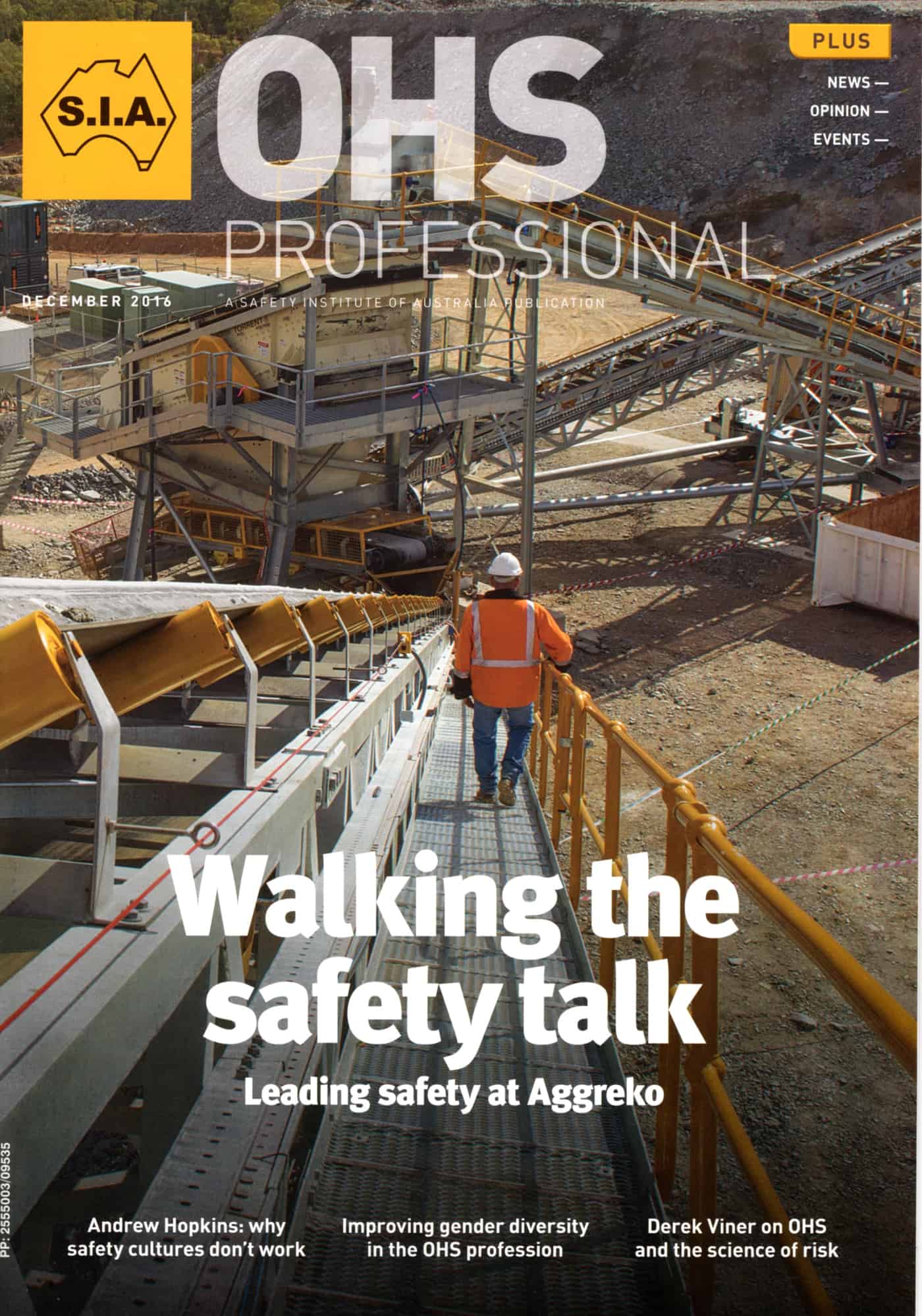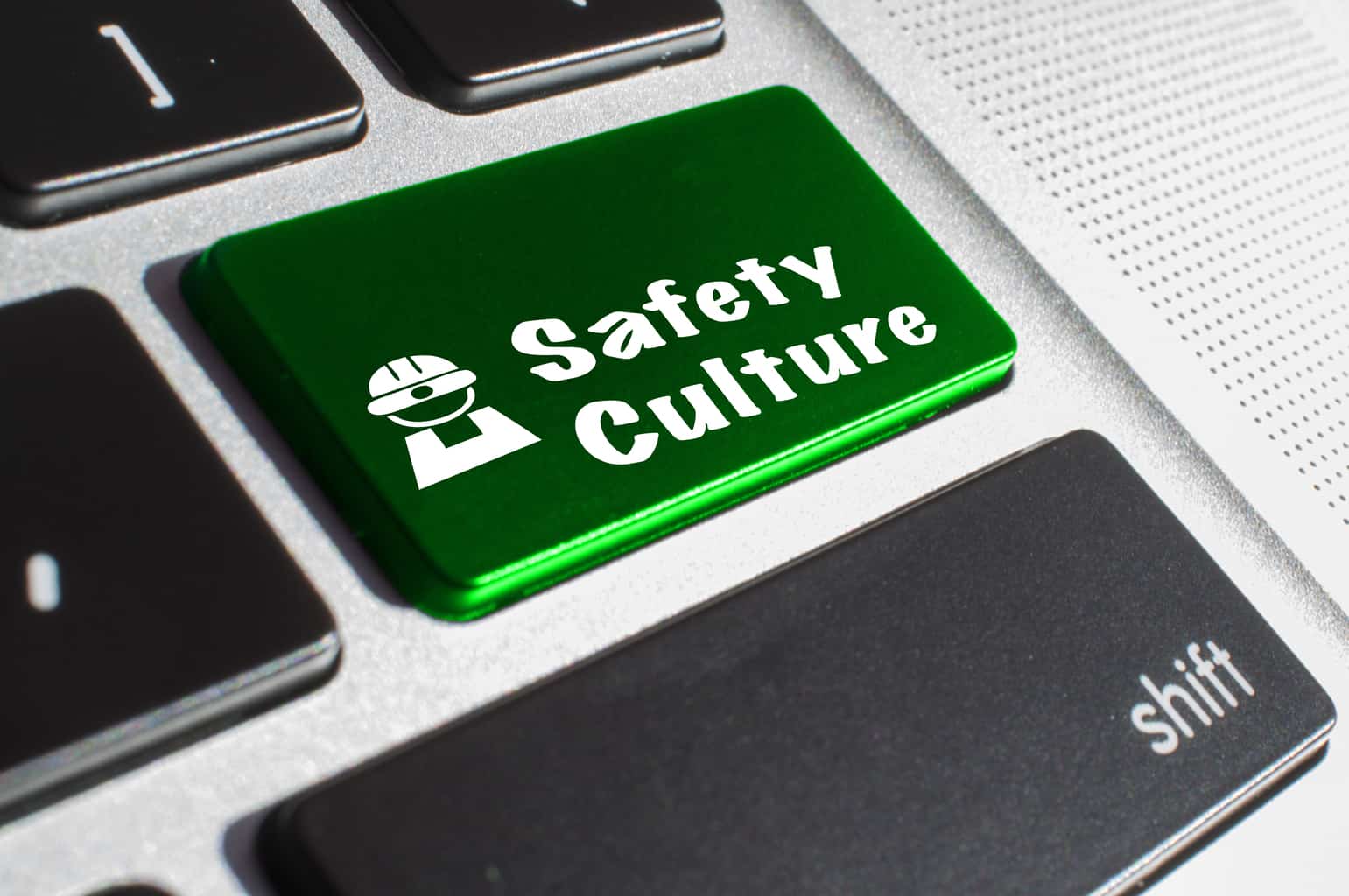 In 2016, Professor Andrew Hopkins urged occupational health and safety (OHS) professionals to abandon safety culture. In the December 2016 edition of OHS Professional magazine ($), he writes further about this position.
In 2016, Professor Andrew Hopkins urged occupational health and safety (OHS) professionals to abandon safety culture. In the December 2016 edition of OHS Professional magazine ($), he writes further about this position.
Several of Hopkins’ statements make the reader stop, sit up and reflect. He writes
“What people do is something company leadership can indeed control, while what people think is neither here nor there“(page 28 – emphasis added).
POW!, there goes a lot of the safety training that is provided.



 The first is
The first is 